I started my journey on vegan Candida diet in August 2016. First, I went through Candida cleanse (6 weeks) and then started to reintroduce foods back into my diet. Now, with the right habits, food and lifestyle choices I’m staying and living candida free. Read about my personal experience and results here: Vegan Candida Diet – My Experience and Results 11 Months Later.
To learn about the candida cleanse, go to my blog post Vegan Candida Diet where I describe the principals of the cleanse that I followed. Also, be sure to check out my Guide to Candida Overgrowth: Causes, Symptoms, Testing and Treatment.
In this article I’m going to talk about reintroducing foods and living Candida free even after the cleanse is finished and the symptoms have withdrawn.
For a FULL GUIDE Download my FREE EBOOK on Candida Overgrowth!
After being on a journey to become Candida free for almost a year, doing my research as well as experimenting on myself and observing my body’s reactions, I’ve come up with the following principals to stay Candida free on plant-based diet.
6 Principles for Living Candida Free on Vegan Diet
1. Glycemic Load (GL) and Stable Blood Sugar
During my journey on vegan Candida diet I have learned that one of the most crucial aspects (at least for me) of living Candida free is to keep my blood sugar levels stable. Candida thrives on blood sugar highs and lows as well as on weakened immune system. The latter is often the result of blood sugar fluctuations. As you can see, the three (blood sugar levels, Candida and immune system) are very closely tied affecting one another.
What is glycemic load?
Did you know that not all carbohydrates are the same? Some of them create much greater fluctuations in blood sugar levels than others. It’s important to remember that processed foods and foods containing lots of sugar (quick carbohydrates) are rapidly absorbed into the blood and raise our blood sugar levels immediately. Consequently, a fast drop in blood sugar levels follows, causing irritability, difficulties in concentration, a sudden surge of tiredness, fogginess and cravings for something sweet or another cup of coffee.

Mycozil is a unique, all-natural formula designed specifically to support the body’s natural balance of yeast and fungal organisms. It’s made with potent herbs and enzymes that work with your body’s internal defenses to protect against the spread of harmful organisms.
Disclosure: this post contains affiliate links. As a Global Healing affiliate I earn from qualifying purchases. For every purchase made from the links in this post, you’ll be able to support my work. So you can look after your health, and contribute to my mission at the same time. Thank you!
In addition, don’t forget that balanced blood sugar levels don’t only depend on what you eat, but also how and when you eat. Glycemic load (GL) tells you whether the carbohydrate in the particular food is a “slow” or “fast” type of carbohydrate, how large the proportion of the carbohydrate is and how it’ll affect your blood sugar levels.
GL points:
- ≥ 20 is considered high
- 11-19 is medium
- ≤ 10 is low
Therefore, you shouldn’t get more than 20 GL points from one meal and not more than 100 GL points daily.
You will now see how easy it is to exceed the 20 points. For example, 100 grams of oats (dry weight) give 39 GL points. People usually make their oatmeal with 60-80 grams of oats. Simple calculations tell you that even 60 grams is too much giving you already 23.4 points. Now, add the fruits and/or berries and other toppings and you’re way above the suggested. Now, this is where my experience and hacks on living Candida free come handy (read along).
Watch what to eat on vegan Candida cleanse diet:
2. Keeping your diet low-fat
High fat diet (more than 25% of total daily calorie intake) can cause blood sugar swings, which triggers pancreas to produce excessive insulin. Furthermore, eating too much high-fat foods (oils, nuts, seeds, avocados, coconut, and olives) increases blood fat levels as well. Fat in the bloodstream can build up inside the muscle cells blocking the insulin signalling process. No matter how much insulin there is in the blood, it’s not able to do its job properly, and blood sugar levels build up in the blood.
Unfortunately Candida feeds on the large amounts of sugar in the blood stream. Moreover, your liver will be under stress by the extra insulin produced by the pancreas. You wouldn’t like that because liver is responsible for clearing toxins, fight inflammation and balance hormones. Hence, living Candida free means you most probably need to embrace low-fat diet!
However, I’d like to point out that there is no such thing as one-size-fits-all approach! Therefore, it’d be totally possible that you could heal also eating a diet higher in healthy fats. All bodies are different! Still, remember not to have high-glycemic foods with fatty foods (for example sweet fruits and dried fruit with nuts).
In her book Yeast Infection No More Linda Allen emphasises the importance of low-fat diet. At the same time, Eric Bakker doesn’t pay much attention to that in his book The Candida Crusher.
What does the percentage of calories from fat mean?
Don’t try to find it on the nutrition facts label. Most certainly don’t confuse it with how many grams of fat 100 grams of any product contains. Should you be lucky, you’d find calories from fat on the label, which easily allows you to calculate the percentage. For example, 100 grams of apples contain 25 kcal, 2.5 of which from fat. Now, 2.5 from 25 makes 10%. Here you go! You’ve got yourself a low-fat food.
What if the label does not mention calories from fat? No worries, as you can easily calculate it yourself. 1 gram of fat gives you 9 kcal, whereas protein and carbs give 4 kcal. Here’s an example with 100 grams of almonds: 581 kcal and 50.6 grams of fat. I bet you’ve always thought that it makes 50.6% of fat, haven’t you? I’m afraid it’s much higher than that! 50.6 grams of fat means you’d get 455.4 kcal from fat (50.6*9). Hence, the right percentage is 78.4! So, no mistake here – nuts and seeds are very high in fat and should be consumed sparingly!
3. Eating fruits while living Candida free
- First, have fruits on an empty stomach – the best time is in the morning as your first meal.
- Start with small quantities (a small fruit or a handful of berries) and prefer fruits with low GL (glycemic load) – apples, watermelon, melons, strawberries, blueberries, raspberries, oranges, grapefruit, sour cherries and kiwi.
- Don’t consume more than 10 GL points – 500 grams of watermelon, Honeydew melon, strawberries, wild blueberries, raspberries or pear; 330 grams of apples, oranges or grapefruit; and 250 grams of garden blueberries, kiwis or sour cherries.
- Avoid eating any high-fat foods (nuts, seeds, avocado and olives) at least 3 hours after eating fruit.
- Make sure there is no mould on the fruits and berries.
- Finally, stick to one fruit at a time and observe your body’s reactions.
If your Candida case is severe, leave all fruits and berries out until your symptoms withdraw. This can take even several months, but the outcome is worth it! And, due to my personal experience I know that living Candida free while eating fruits is totally possible.
4. Eating plenty of raw unprocessed foods
Next, I need to distress how important it is to eat a fair part of your food (at least 50%) in its raw unprocessed state. Now, to explain this one, I come up with my own logic. It has mostly to do with glycemic load of foods.
Do you agree that you’d eat a lot more when your food it’s cooked or processed? For example, whole fruits vs fruits blended into smoothie or raw carrots vs carrot puree soup. Therefore, it’d be must easier to exceed the suggested GL points. Why would you eat more? Because you tend to chew the cooked and/or processed food much less than you’d do with raw food. Furthermore, you wouldn’t chew at all if you consumed a smoothie a puree soup. As a result, you’d feel satiated later than you actually are, i.e. the signal would get to your brain with a delay and you overeat. In addition, the digestion of your food would be incomplete as the carbs start to digest already in your mouth.
Secondly, when you cook your food, try to keep the processing to a minimum. For example, prefer boiled potatoes to potato puree, steam or stir-fry (without oil) instead of boiling or baking and soak instead of cooking (oats, raw buckwheat).
5. Having regular mealtimes
In addition to the above, having regular meals is crucial to keep your blood sugar stable and not to feed Candida. I usually eat in every 2-3 hours to avoid the lows. Even if I’m not hungry yet, I start to prepare my meal because it’d be too late when I already feel the low coming.
6. Foods to avoid when living Candida free
Next, there are foods that I’ve learned are best to exclude from my diet in order to stay Candida free: sugars and syrups (only stevia and xylitol are allowed), dried fruit, vinegar (except apple cider vinegar), yeast, gluten and refined grains, citric acid, coffee, alcohol, and any other additives I can’t pronounce.
Now, there are some exceptions – I’ve noticed that I don’t develop any symptoms if I have agave, coconut nectar, vinegar, and spelt occasionally in small quantities. However, I definitely don’t make it a habit – very often it has been the case of eating out and realizing only later that I’d eaten some of the “forbidden” foods.
In conclusion, you’d probably need to avoid some foods for the rest of your life. However, there is so much variety and choice on plant-based diet that you wouldn’t even notice it.
Important to remember when re-introducing legumes and starchy veggies on Vegan Candida Diet
- First, start with small quantities and prefer legumes and starchy veggies with lower GL (glycemic load) – lentils, green peas, winter squashes, beetroot, potatoes and sweet potato.
- Prefer steamed starchy veggies over baked.
- Don’t get more than about 10 GL points from legumes/grains (altogether) and 5 GL points from starchy veggies at one mealtime (see table below). You’d be left with 5 points for leafy greens and non-starchy veggies, which you can use up as follows: 100 grams lettuce + 50 grams chard + 50 grams red bell pepper + 50 grams broccoli.
- For the morning porridge, calculate about 16 GL points from grains, if you’re going to add some berries/veggies as well. You can go up to 18 GL points, if you just add some cinnamon and carob/cocoa to your porridge. My hack – always include oat bran to have bigger portion. One option is to make half oat bran and half any other grain and another possibility is just sticking to oat bran. However, don’t overdo with oat bran as you might end up getting too much fibre. To me about 50 grams of oat bran a day is a safe range if I don’t have any other more grains on the same day.
- Finally, stick to one new food at a time and observe your body’s reactions.
| 10 GL points | ||
| Raw | Cooked | |
| LEGUMES | ||
| Lentils | 63g | 143g (grit) |
| Green peas | 200g | 167g |
| Red beans | 50g | 111g |
| White beans, small | 45g | 125g |
| White beans, big | 35g | 100g |
| Chickpeas | 38g | 100g |
| Mung beans | 35g | 167g |
| Black beans | 35g | 125g |
| GRAINS | ||
| Quinoa | 28g | 100g |
| Buckwheat, raw | 27g | n/a |
| Buckwheat, toasted | 25g | 125g |
| Millet | 23g | 83g |
| Amaranth | 25g | 111g |
| Rice, brown, long/medium grain | 19g | 91g |
| Rice, wild | 22g | 100g |
| Oat bran | 63g | n/a |
| Rolled oats | 26g | n/a |
| 5 GL points | ||
| Raw | Cooked | |
| STARCHY VEGGIES | ||
| Beetroot | 167g | 125g |
| Carrots | 250g | 250g |
| Corn | 71g | 50g |
| Parsnip | 100g | 83g (boiled) |
| Pumpkin | 250g | 250g |
| Butternut Squash | 125g | 125g |
| Potatoes | 63g | 55g (boiled) 50g (baked) |
| Sweet potato | 63g | 72g (steamed) 55g (baked) |
Watch me explaining my Vegan Candida Meal Plans!
Right Food Combining for Optimal Digestion
In addition to the above, right food combining is another essential factor of living Candida free, staying healthy and feeling well. Now, I already mentioned the worst combination to avoid for those trying to stay Candida free, i.e. fruits with high-fat foods such as nuts, seeds, avocado, olives and coconut. While avocado with fruits is generally fine according to food combining rules, people struggling with Candida and diabetes should still steer clear from this combination.
Get detailed information about right food combining from my blog post Why Combining Right Foods Matters.
Water, sleep and exercise for living Candida free
Finally, there are three more essential components to living Candida free: water, sleep and exercise.
- Drink a glass of warm water with apple cider vinegar or lemon juice first thing in the morning.
- Have a glass of water half an hour before meal and half an hour after you’ve finished your meal (this is when I usually get thirsty). To make the water more palatable I add a quarter of a glass of mineral water.
And last but not least – get a good night’s sleep and plenty of exercise. My personal experience shows me that it makes a huge difference when I get enough sleep as well as make my sleeping routine as regular as possible. Same goes for exercise – it aids my digestion and hence, I’m much healthier without any ailments in my digestive system.
I understand that compiling a balanced meal plan that would meet all your nutritional needs might be a bit overwhelming. Therefore, should you feel the need for help, I have done the job for you here: Vegan Candida Cleanse Meal Plan or Reintroduction Plan.
Download my FREE EBOOK on Candida Overgrowth!
Disclaimer: this information is based on my own research and personal experience and is not intended to be a substitute for professional medical advice. Users should seek their own professional counsel for any medical condition or before starting or altering any exercise or diet plan. It is your responsibility to know your health and nutritional needs.

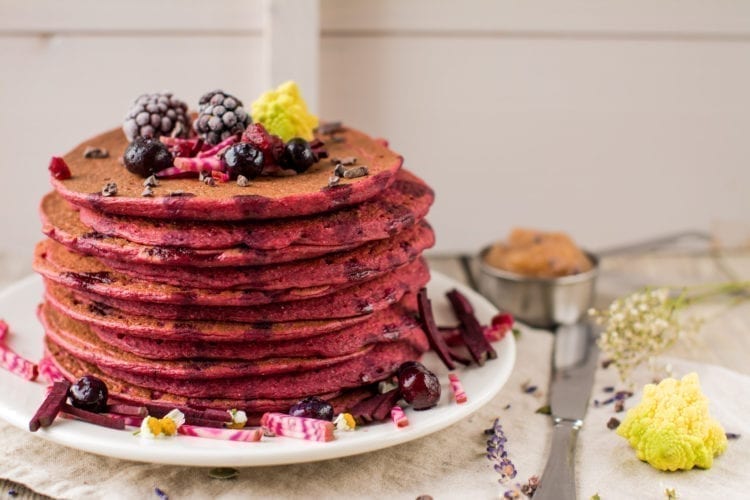























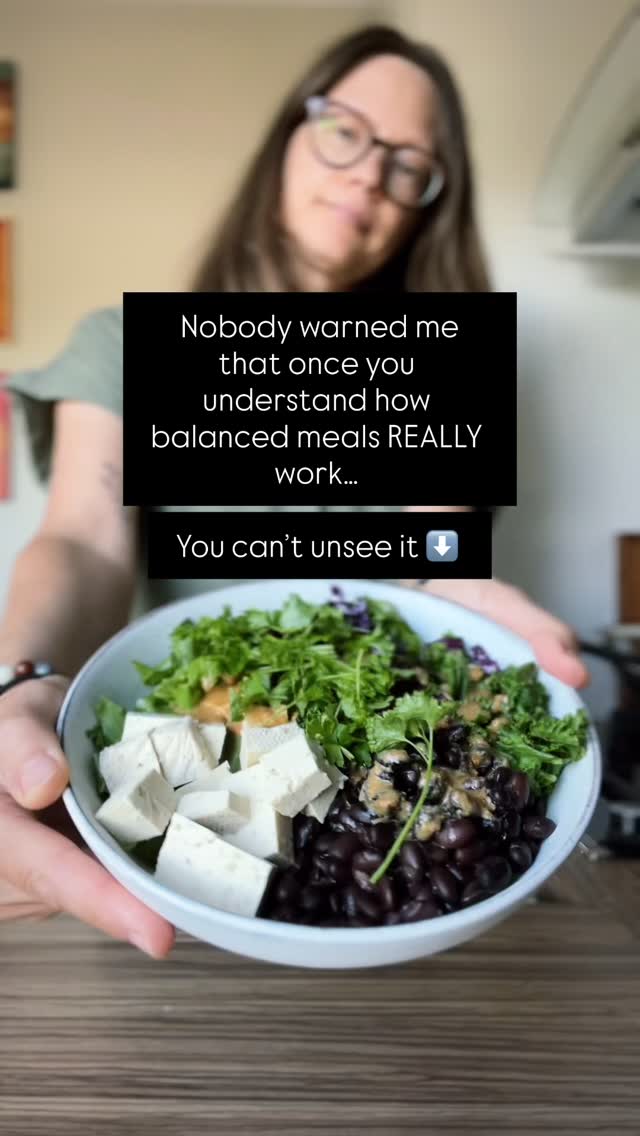
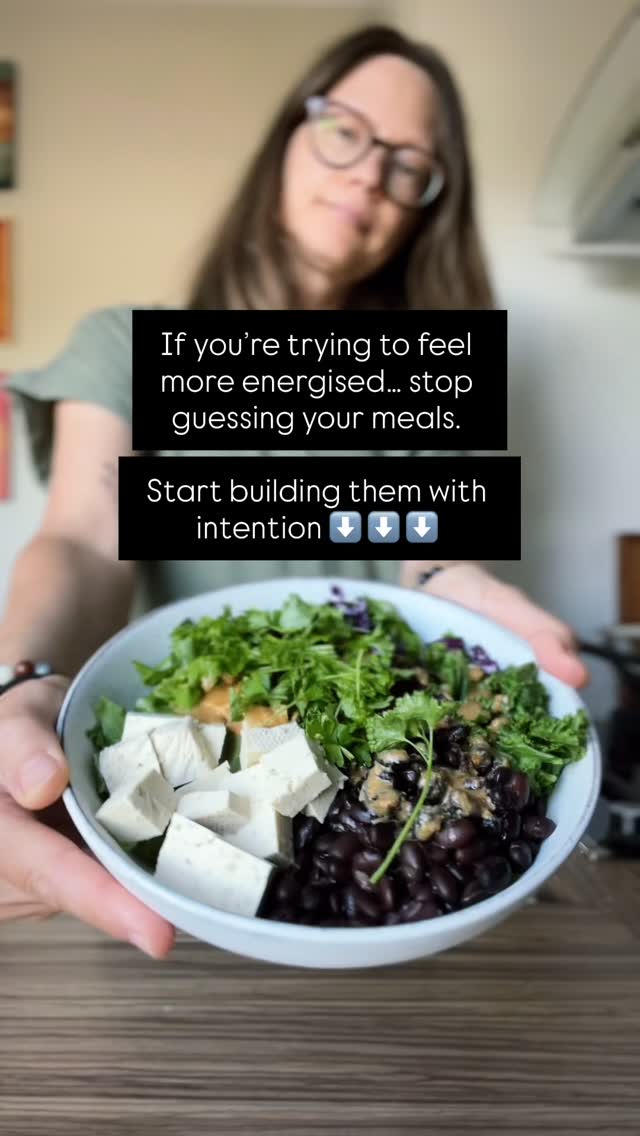









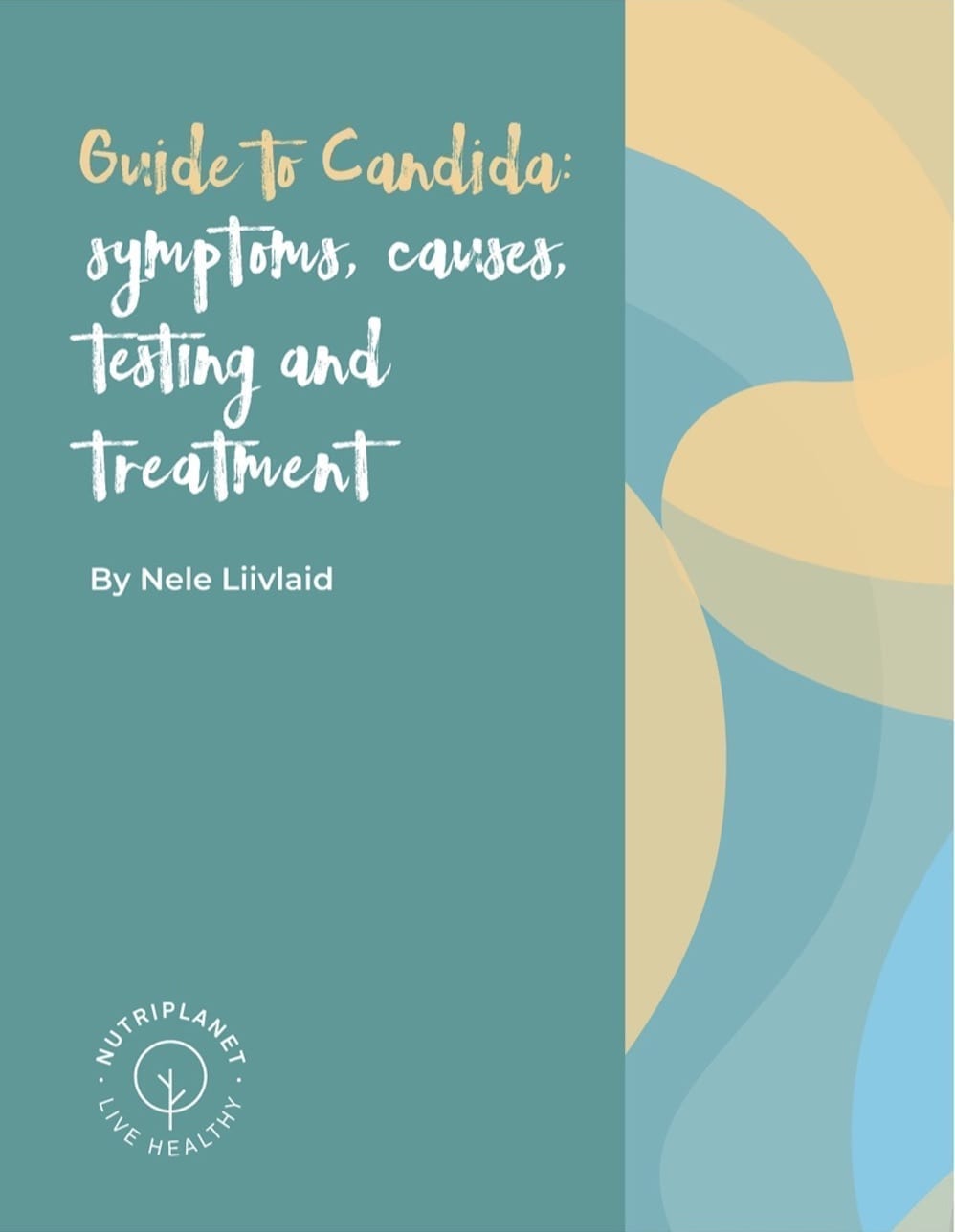
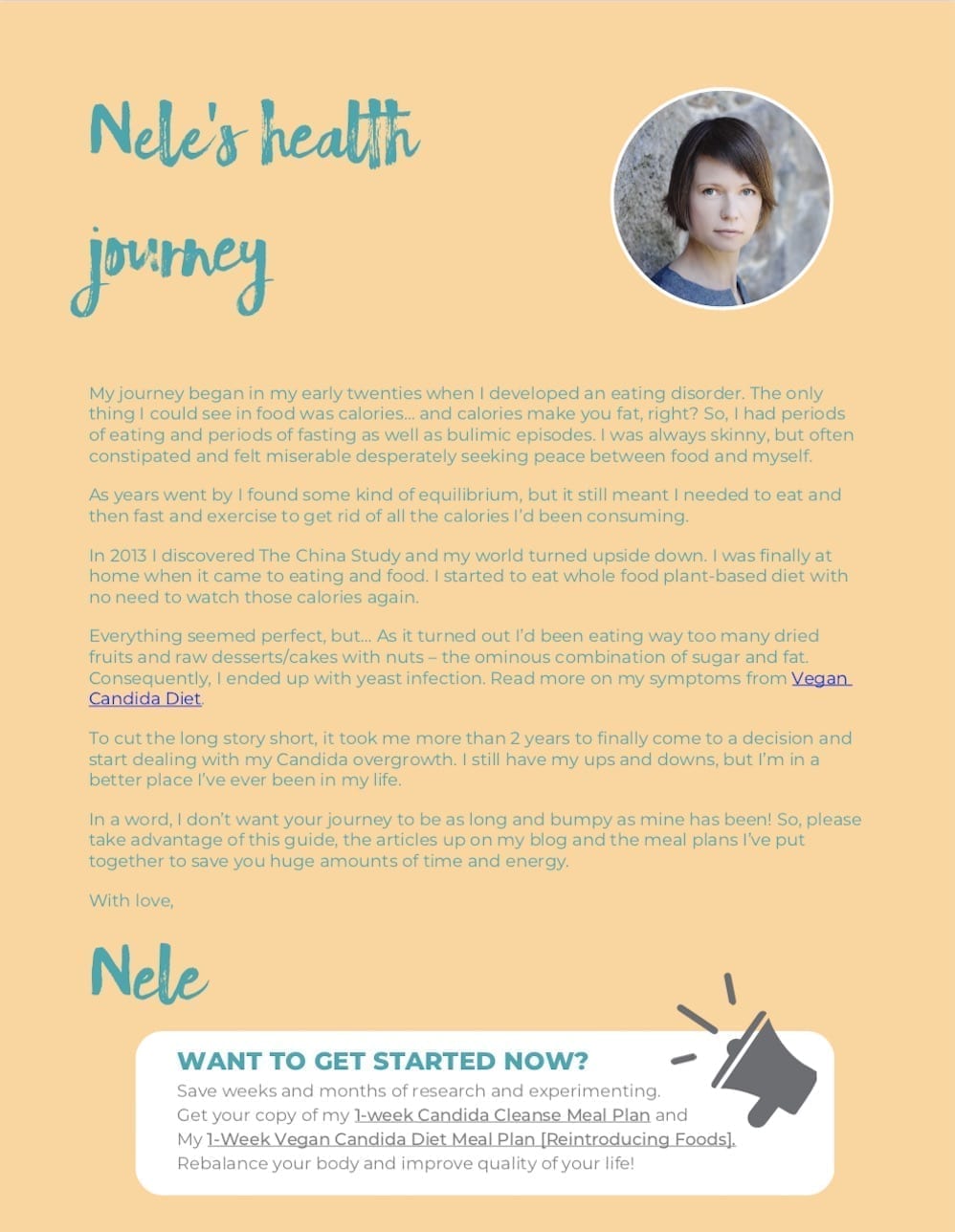
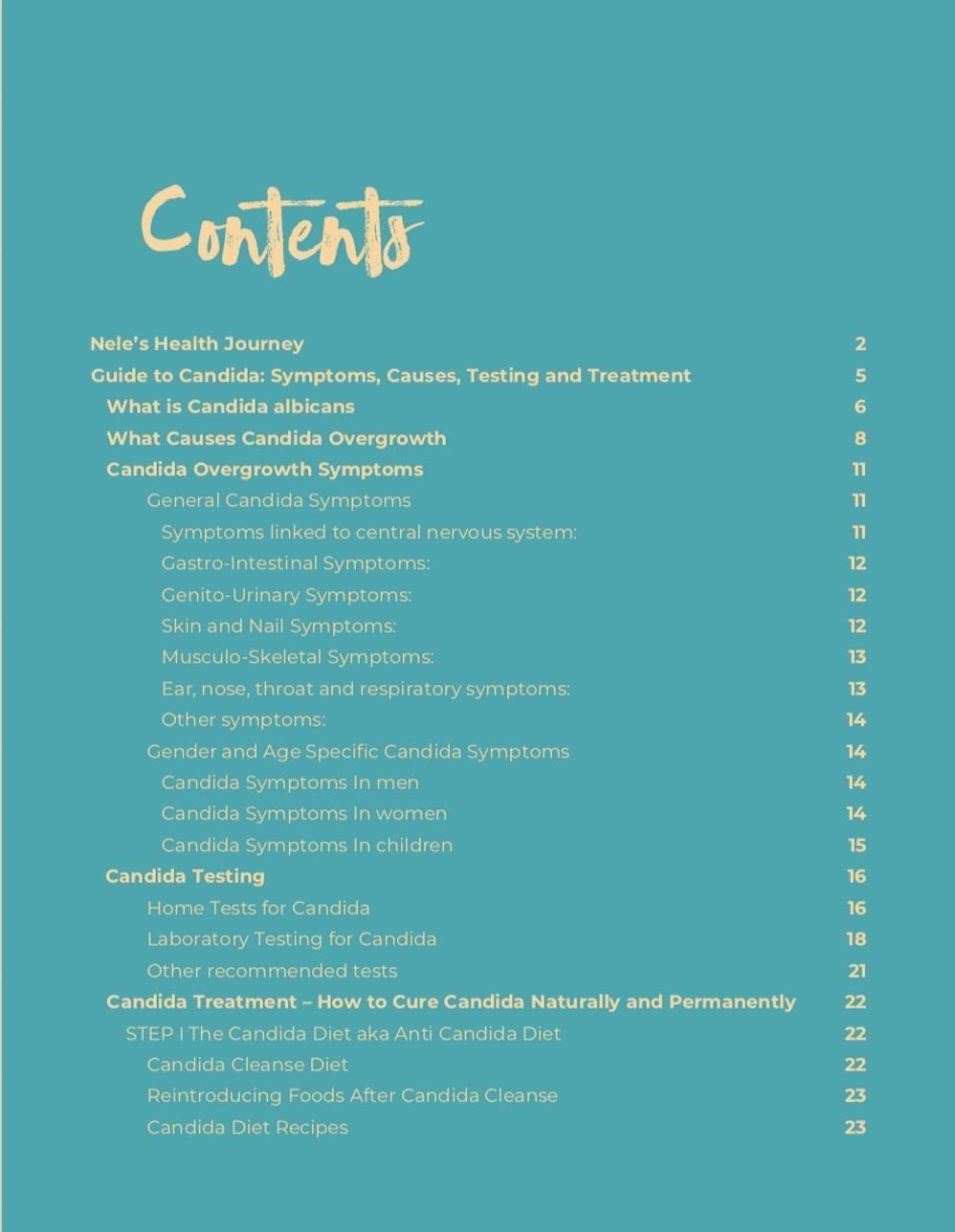
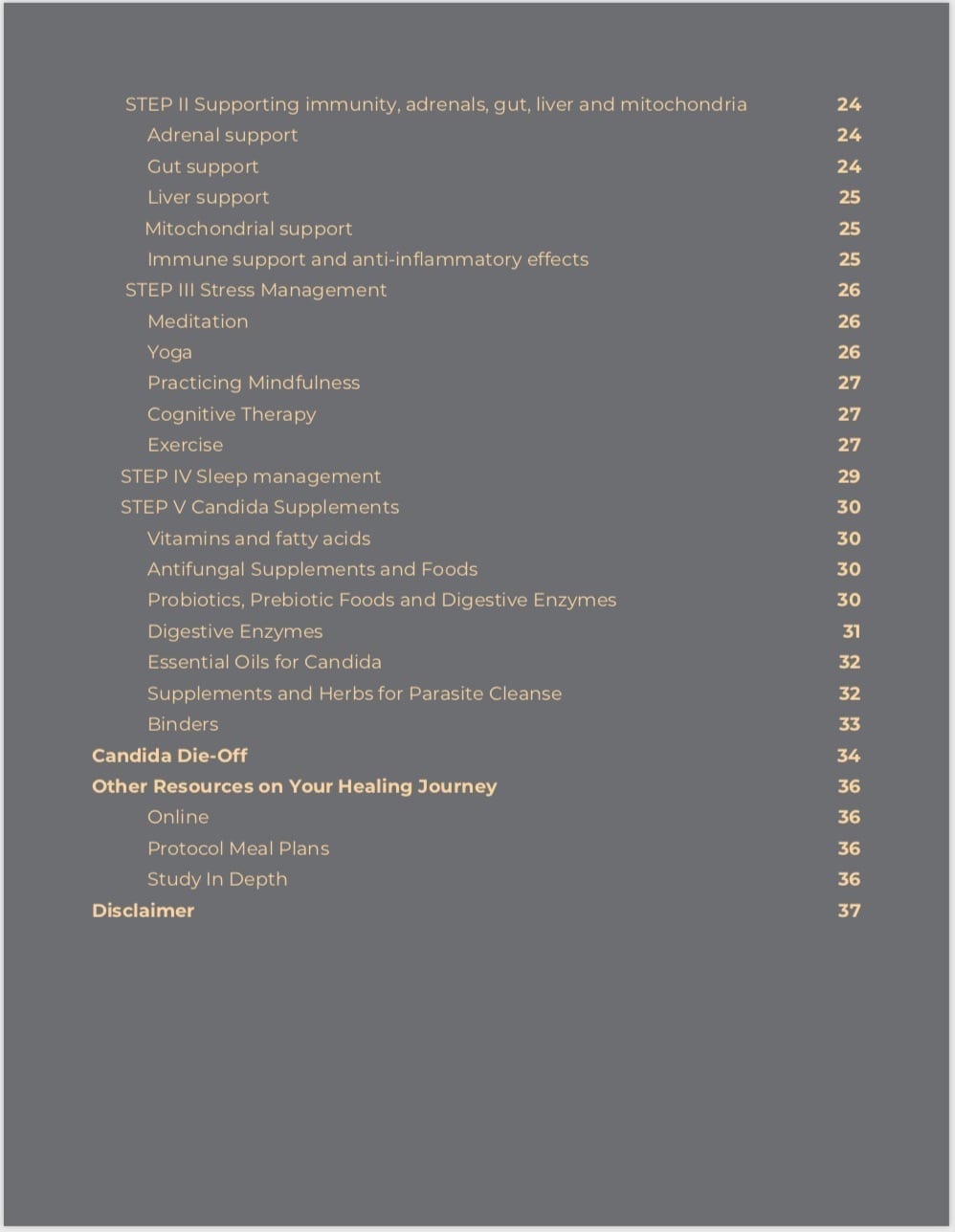
Hi Nele,
Thanks for this article. I just started vegan Candida diet and I am a bit lost. Would you mind sending me some meal plans idea, please? Thanks
Hi Dorota!
Thanks for reaching out.
You can read my other articles:
https://www.nutriplanet.org/2016/09/vegan-candida-diet/
https://www.nutriplanet.org/2016/09/vegan-candida-diet-meal-plans/
https://www.nutriplanet.org/2017/01/candida-diet-recipes-vegan-video/ Or watch video (this was done on reintroduction phase) https://youtu.be/qDRf0MAM1TY
Or get my meal plans (cleanse and/or reintroduction) – https://www.nutriplanet.org/shop/
All the best to you!
This is very interestinf. Never heard of this diet before. Thanks for sharing!
I’m glad! You’re so welcome!
Hi thanks for a helpfull blog, although I am worried how to get full while keeping the GL level under 10-15 points! Do you have a mealplan for all different stages of a cleanse?
I would love if you would send me your mealplan ?
Hi there! I’m so glad I can be helpful!
It’s actually 20GL points per meal. It IS possible to get full, especially if you don’t mind eating more fats — some people can some can’t. I address this very thoroughly in my cleanse and reintroduction meal plans. See here https://www.nutriplanet.org/product/vegan-candida-diet-meal-plans-bundle/
Read more reviews here https://www.nutriplanet.org/product/vegan-candida-cleanse-meal-plan/
i’ve also written an article on meal planning https://www.nutriplanet.org/2016/09/vegan-candida-diet-meal-plans/
All the best!
Tere Nele, ma olen candidaga väga pikalt tegelenud. Kas oleks võimalik sinuga arutleda mu seisundit?
Tere, Birgit
Menüüga seotud küsimused võid saata nele @ nutriplanet . org
P.S. Candida menüüplaaniga (bundle) tuleb kaasa 3 kuud konsultatsiooni emaili teel.
Dear Nele, you mean that for a life long you wont consume more than 500 gr of fruit in a meal, and never sweet fruits or in tiny tiny quantities?? For a fruit lover it’s hard to think of … Best !!
Hi Charlotte! It’s very individual how much fruit or which ones one can tolerate. This is to be known through trial and error.
I know what you mean though — I postponed my cleanse for 2 years because I couldn’t imagine not eating fruits. However, already after a week I got used to it and went with no fruits for months and even found it difficult to incorporate them back into my diet.
By now I have some fresh fruit as first breakfast and fresh berries with my porridge and dessert. I have a minimal amount of dried fruit and berries though — some goji berries every day and sometimes a tbsp of raisins or some date sugar or fresh dates in dessert. I know my limit. As soon as I exceed I get symptoms — this is how you will learn the optimal quantities and types of fruit for yourself.